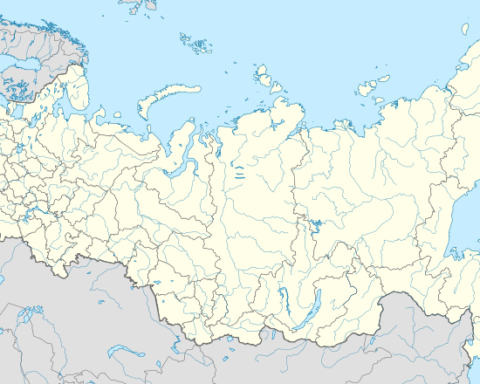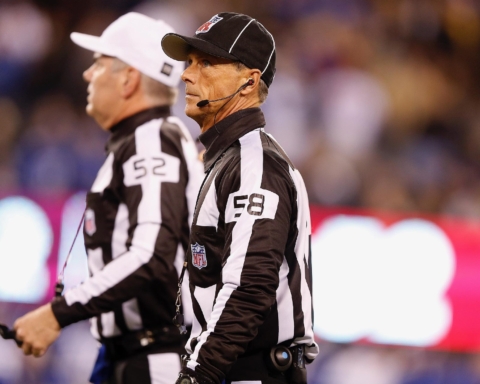By Harrison Leone
Assitant Sports Editor
Albany, considered one of the most dysfunctional seats of government in the nation, actually crafted an encouraging piece of legislation Monday, when the state legislature and Gov. Andrew Cuomo reached a tentative agreement to raise New York’s minimum wage to $9 an hour from its current level of $7.25.
This deal, which will come into effect over the next three years, provides hope for anyone who wishes to see an improvement in the lives of the lowest-income earners of America.
With the Empire State setting precedent, the rest of the country should now take steps to right a national wrong and raise the minimum wage.
The working poor of America are one of, if not the, most inadequately represented demographic comprising our society. With income inequality at historic highs and an ever-dwindling sliver of national wealth in the bottom population percentiles, it has scarcely been more true that the “rich get richer” at the expense of the most vulnerable.
Lacking the capital and cohesiveness to create effective political coalitions, the poor are disproportionately dependent on public officials who have taken it upon themselves to provide assistance.
Cuomo and the legislators in Albany deserve commendation for their effort to provide the downtrodden a much-needed leg up. Not only were our elected representatives successful in aiding those who are struggling to make ends meet, they also ensured that the wage increase would not add burdens to small businesses.
According to a March 19 article in the New York Daily News, the state’s final budget is set to include $700 million in tax cuts and credits for small business owners to alleviate the strain of higher pay for their employees.
The national minimum wage was originally made official during the New Deal under the Fair Labor and Standards Act of 1938. Since its inception, the wage has been increased several times, most recently in 2009. Adjusted for inflation, the minimum wage is higher than it was during the Reagan-Bush years, when it underwent a decade-long plateau, and lower than the high point in the late 1960s, when the wage peaked at $10.64 in 2012 dollars.
The recent New York agreement reminds us that there is still room for improvement in minimum wage laws on a national level.
The U.S. ranks in the middle of the pack for industrialized nations, coming in lower than other developed economies such as France ($12.25/hour) and the UK ($9.57).
Perhaps a more troubling figure is America’s minimum wage compared to its mean salary: in this metric, published by the Organization for Economic Cooperation and Development, the U.S. is second to last among the top global economies, barely edging past Japan to stay out of the cellar. This statistic is symptomatic of the increasing concentration of capital towards the highest-income brackets while the financial growth of the poor stagnates.
According to the City of San Francisco Labor Standards Enforcement Office, San Francisco is the proud owner of the nation’s highest minimum wage, with workers there guaranteed to bring home at least $10.55 an hour. Congratulations are due to the City by the Bay.
New York is not quite at this level, but the actions taken by the state assembly deserve applause and national attention.
In his recent inaugural mass, Pope Francis implored his flock to care for the poor, weak and needy. America’s lawmakers should heed this papal advice and realize the need for a minimum wage that provides the poor with appropriate compensation.





